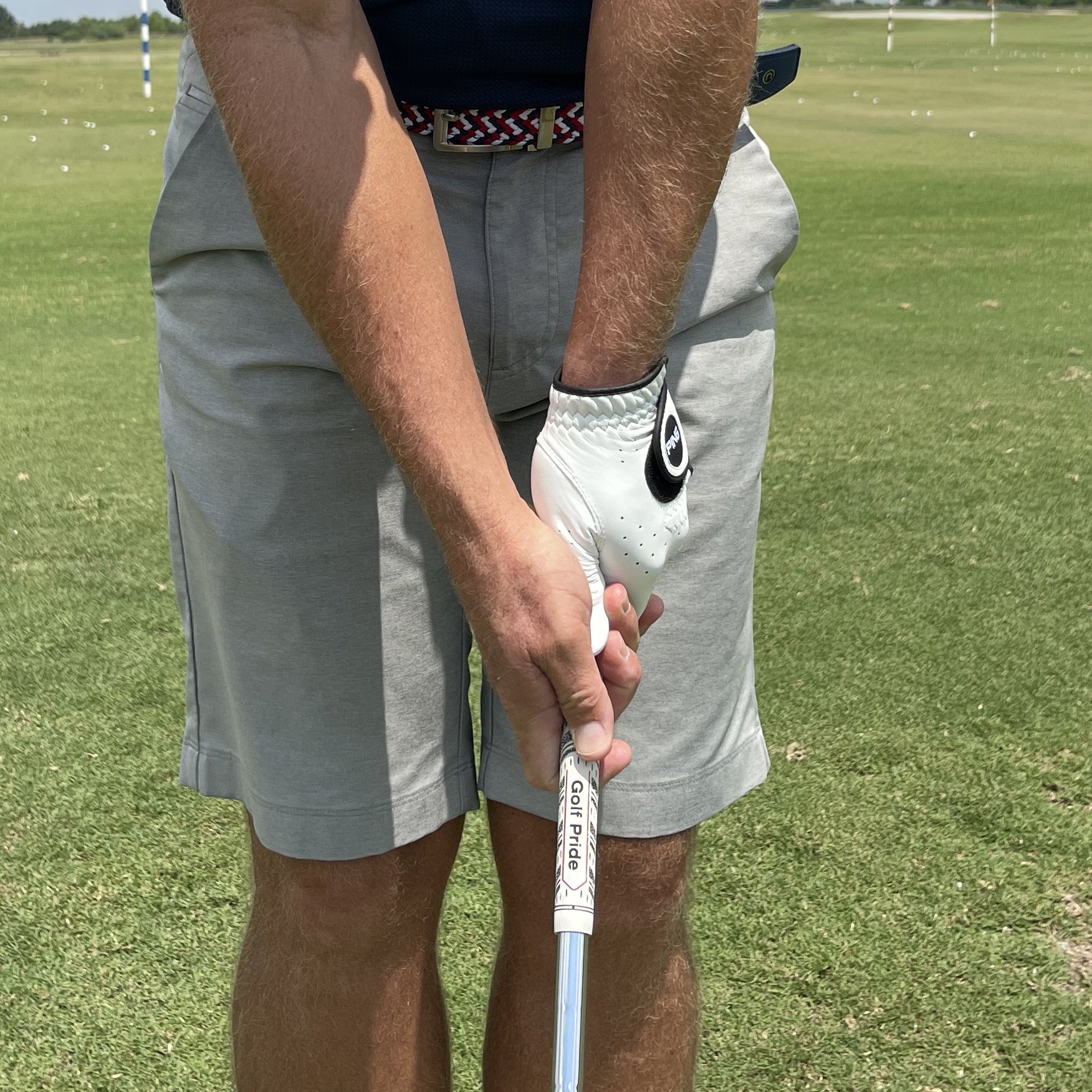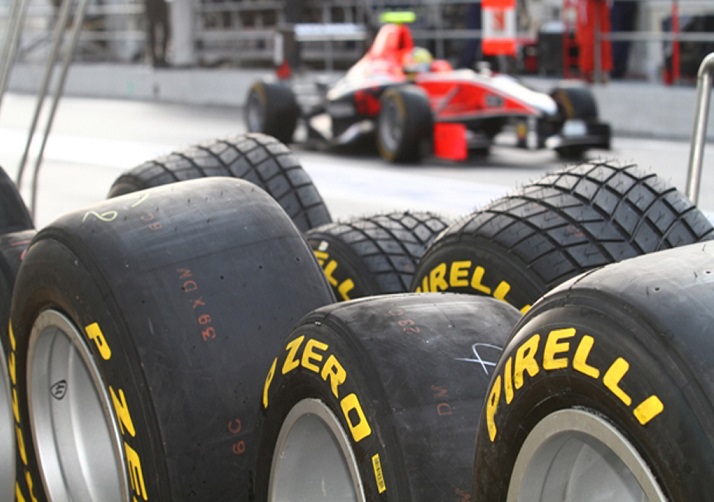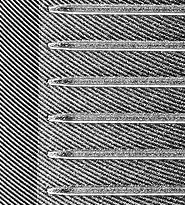Trajectory Tune Up
/My role as a golf coach is often to help my students neutralize the manner in which they deliver the club to the golf ball. I might help them with less slice, longer shots or simply a higher or lower ball flight. Today’s lesson will give a simple assist to any golfer looking to improve the trajectory of their shots. Whether you’re looking to hit the ball higher or lower the following video will help. Watch….
For a lower ball flight:
Hold the club in your lead hand and elevate the lead wrist
Place the trail hand on the club so that it is less ‘on top’ and more ‘alongside’ the grip
Have a sense throughout the swing that the club face is stronger and more downward
This will often reduce fade bias and improve compression and energy transfer from the club to the ball
For a higher ball flight:
Hold the club in your lead hand and lower the handle
Place the trail hand on the club so that it is more ‘on top’ of the grip
This change will often lead to reduced draw/hook bias and improve carry distances
As with any change it is important not to overdo either of these changes. Start small and if you need more you can always add later. In recent years I’ve found that the trail hand grip plays a significant role in determining the face angle throughout a golf swing. This is a simple technique to make significant changes in trajectory and energy transfer to the golf ball.
Thanks for reading this and I hope one of these changes works wonders for your golf.
Cheers!












